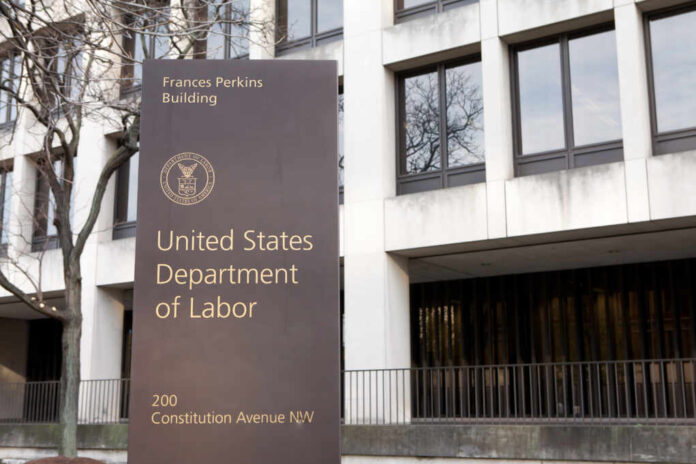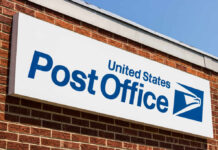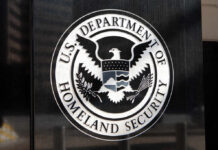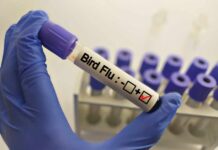
$10.4 billion—yes, billion—in overpayments and unemployment fraud have been overlooked. Where was the oversight?
At a Glance
- Fraud estimates have doubled to $100-$135 billion in unemployment benefits.
- Only about $1.2 billion of fraudulent payments have been recovered by May 2023.
- Audit reveals ten state agencies overpaid $10.4 billion, with $676.3 million due to fraud.
- Concerns about inadequate fraud prevention and recovery measures have been raised.
Audit Finds Alarming Overpayments and Fraud
The Department of Labor’s audit reveals that during the pandemic, government relief programs were plagued by overpayments and fraud. Ten state agencies managed to overpay a staggering $10.4 billion in unemployment benefits, out of which $676.3 million was attributed to fraud. With $176.1 billion in total outlays, this represents a considerable fraction, raising questions about accountability and the effectiveness of oversight.
Pandemic overpayments and lack of recovery
Despite recognizing these inconsistencies, there’s little progress in recovering the funds. Shockingly, only 6% recovery has been observed in some aid programs. And despite nationwide fraud leading to $3.6 billion in losses, just $145.3 million has been retrieved.
The Scale of Fraud is Hard to Ignore
The figures are indeed disturbing. Fraudulent payments are estimated to be between 11-15% of total benefits dispensed with certain experts pointing the finger closer to a colossal $400 billion in fraud. It is hard to wrap one’s head around how oversight pipes leaked such an ominous amount of hard-earned taxpayer money. Some audits indicate overpayments might potentially reach $33.9 billion, making this a financial calamity.
“These shocking estimates continue to grow, and, as GAO notes, we may never know the full scope and scale of fraudulent pandemic payments. Unfortunately, the Administration’s efforts to address over one hundred billion dollars in fraud in the UI program have fallen woefully short. Congress should pass the Protecting Taxpayers and Victims of Unemployment Fraud Act to recoup stolen funds for victims and prevent similar large-scale theft from happening in the future.” – Senate Finance Ranking Member Senator Crapo
Amidst these findings, various proposals have emerged, particularly Senator Crapo and Chairman Smith’s arguments for the Protecting Taxpayers and Victims of Unemployment Fraud Act. This legislature serves to recover funds and block such extensive fraud in the future.
Flaws in Fraud Prevention and Recovery
The glaring issue remains that the government’s measures did not provide adequate protection nor efficacious roadmaps to recover misdirected funds. Critics point the finger at acting Labor Secretary Julie Su for not delivering transparency regarding the $2 billion allocated for fraud prevention and recovery. These funds remain under a cloud of murky implementation.
“The fraud detailed in this report represents the greatest theft of taxpayer dollars in American history, and underscores the dire need for Senate Democrats to take immediate action, as our Committee did in the Protecting Taxpayers and Victims of Unemployment Fraud Act which passed the House in May with bipartisan support.” – House Ways and Means Chairman Smith
Furthermore, audits condemn state labor entities for not adhering adequately to mandatory procedures to reclaim overpayments. It’s a textbook example of failed diligence, with ticking time bombs of lax oversight scattered throughout the pandemic relief landscape.
The Path Forward—Clearing the Fog
We stand on the precipice of a fiscal disaster that can’t be gaslighted by misleading or void actions any longer. The onus is on government and its bodies to protect their citizens from such economic vandalism. As more revelations surface, the populace deserves action—swift, rigorous, and purpose-driven—in recovering taxpayer money.
The drumbeat of demands for accountability grows louder. The Biden Administration must realize time is not on their side, as each moment that elapses without decisive measures erodes the chances of recovery further. The truth of the collapse must be located, and dedicated efforts to retrieve funds should follow swiftly.


























